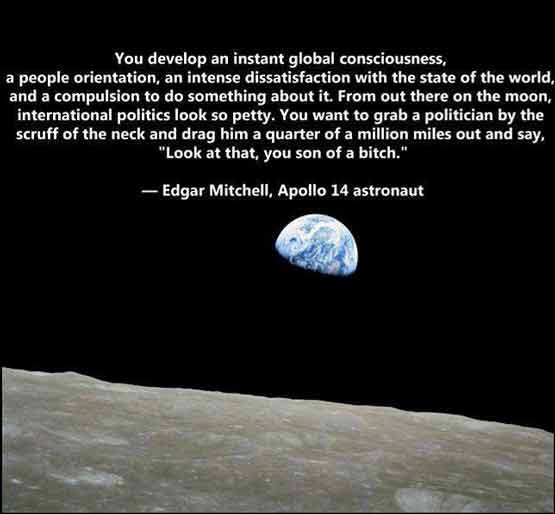| By: Paul S. Cilwa | Viewed: 7/26/2024 Posted: 2/14/2017 |
Page Views: 4139 | |
| Topics: #Science #Moon #Tides | |||
| What really causes the tides, and no, it's not just the moon pulling on the water. | |||
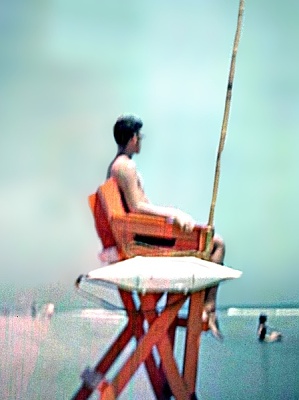
When I was a teenager in Saint Augustine, Florida, I worked summers as a lifeguard. My favorite was Crescent Beach, between Saint Augustine Beach and Daytona. I liked it because I actually preferred a beach with hardly any people on it, and the people at Crescent Beach at that time were mostly folks who had rented condos or cottages along the beach. Many of these people were not accustomed to the beach or the ocean, and since I was a lifeguard, they would ask me questions.
One day, a man from New Jersey (I could tell by his accent) came up and said, "My wife an' me, we've been heah for several days now, and I've noticed that sometimes the watah comes 'way highya on the beach, and sometimes it's farther out. Do you have any ide-yer what causes that?"
I managed to not laugh; after all, he was asking a legitimate question. So I gave him the answer: "That's the tides. They're caused by the moon."
His jaw dropped with incredulity, and he said, "Oh, come on! You don't really believe in that astrology shit, do you? C'mon, tell me what really causes it."
Thinking he was kidding me, I gave him what we would now call an "alternative fact."
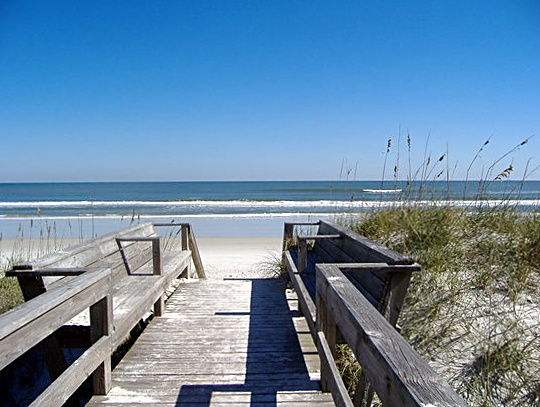
"The Coast Guard has installed offshore giant paddles," I told him with a straight face. "Twice a day the paddles push the water up on the beach in order to clean off all of the used potato chip bags and other trash that would otherwise tend to accumulate."
"Well! he cried. "That's amazing!" And before I could stop him, he had run off to his wife, who was picking up shells on the beach. "Guess what, Edna!" he called. "You will nevah guess how they are spendin' our tax dollars!"
Perhaps it's because I have had a fascination with astronomy at least since I was in third grade; but I had kind of always assumed everyone knew the tides are caused by the moon. However, even among people who do know that, many do not know the mechanism. For one thing, if the tides are due to the moon's gravity pulling on the ocean, then why do we have high tides two times a day, instead of just once?
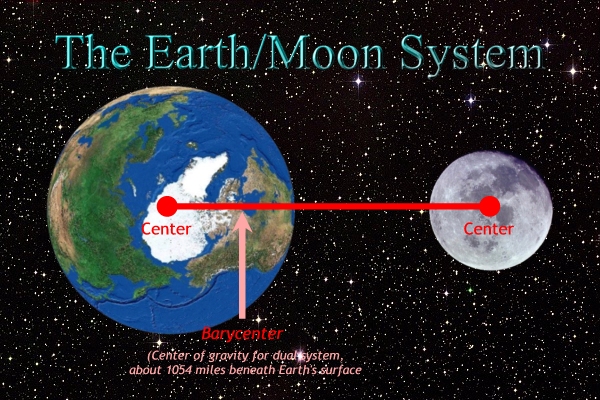
The answer is that the Moon doesn't actually orbit the earth. Rather, because our Moon is so massive (relative to Earth), the Earth and the Moon rotate about a common center. Yes, although that point is below the surface of the Earth, it is definitely not at the Earth's center, not even close. That point is called the barycenter and is located about 1054 miles (1700 km) below the surface of the Earth. But this point travels; as the Earth spins, the barycenter remains 1054 miles below the point of the Earth nearest the moon, wherever that may be at the time.
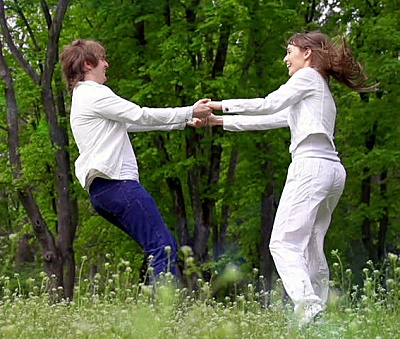
Consequently, the Moon and the Earth perform an eternal dance, much like two kids holding hands and whirling about each other. Their hands are analogous to gravity keeping them together. But as they spin, you'll note that their hair flies backwards. That's because centripetal force is pulling them apart at the same time their hands are holding them together.
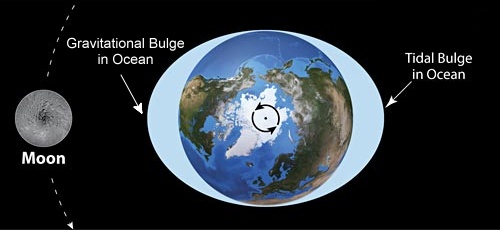
In the dance performed by the Earth and the Moon, there is no hair, but there is water. So on the side of the earth closest to the moon, the moon's gravity does indeed attract the water and we have a high tide. But on the opposite side of the earth, centripetal force pulls the water away from the Earth the same way a child's hair is pulled away from the center of the spin. Thus, we have two tides a day, instead of just one.
Now, it does get a little more complicated than that, because the Earth/Moon system also orbits the Sun, which is even more massive; so that, although it's also much farther away, the same thing happens with the Sun as well. It pulls the oceans towards itself, but the water on the opposite side is pushed outward, a little, by the centripetal force of the Earth's revolving around the Sun. This effect is normally pretty minimal; but when the Sun and the Moon line up—it doesn't matter whether they are on the same or opposite sides of the Earth—the tidal effects of Sun and Moon add up, giving us unusually high tides. These are called "spring tides" (the name has nothing to do with the season of Spring). When the Sun and Moon are at 90° angles to each other, tides are less pronounced; these are called "neap tides".
Now, as I was explaining this to my daughter one day, she asked if, in a given place, does high tide come the same time every day? The answer is no, of course; the same as the Moon rises a different time every day, the tides it causes are offset by the same amount of time. Since the Moon rises about 50 minutes later each day than it did the day before, high tide (or low tide) will come about 50 minutes later tomorrow than they did today.
So, how often will we find the pattern duplicated? In other words, if it was high tide at exactly noon today, how long will it take before it is, again, high tide at exactly noon?
This is a little trickier to answer. The simple answer is, every 18 years and 11 days, a period of time that is known as a saros. But the more complex answer is never, because the three bodies (Earth, Moon and Sun) move somewhat independently of each other. The saros describes a repetition of the Moon's position around the Earth, which includes its angle or declination, relative to Earth's equator. But the Sun is also involved; so, while high tide may again occur at noon, it may not be as high, if the Sun isn't also lined up with the Moon.
This wasn't a topic that led to a nice dramatic build and denoument, so I'll just finish with a little lunar humor.

And maybe one final thought by someone who's been there:
